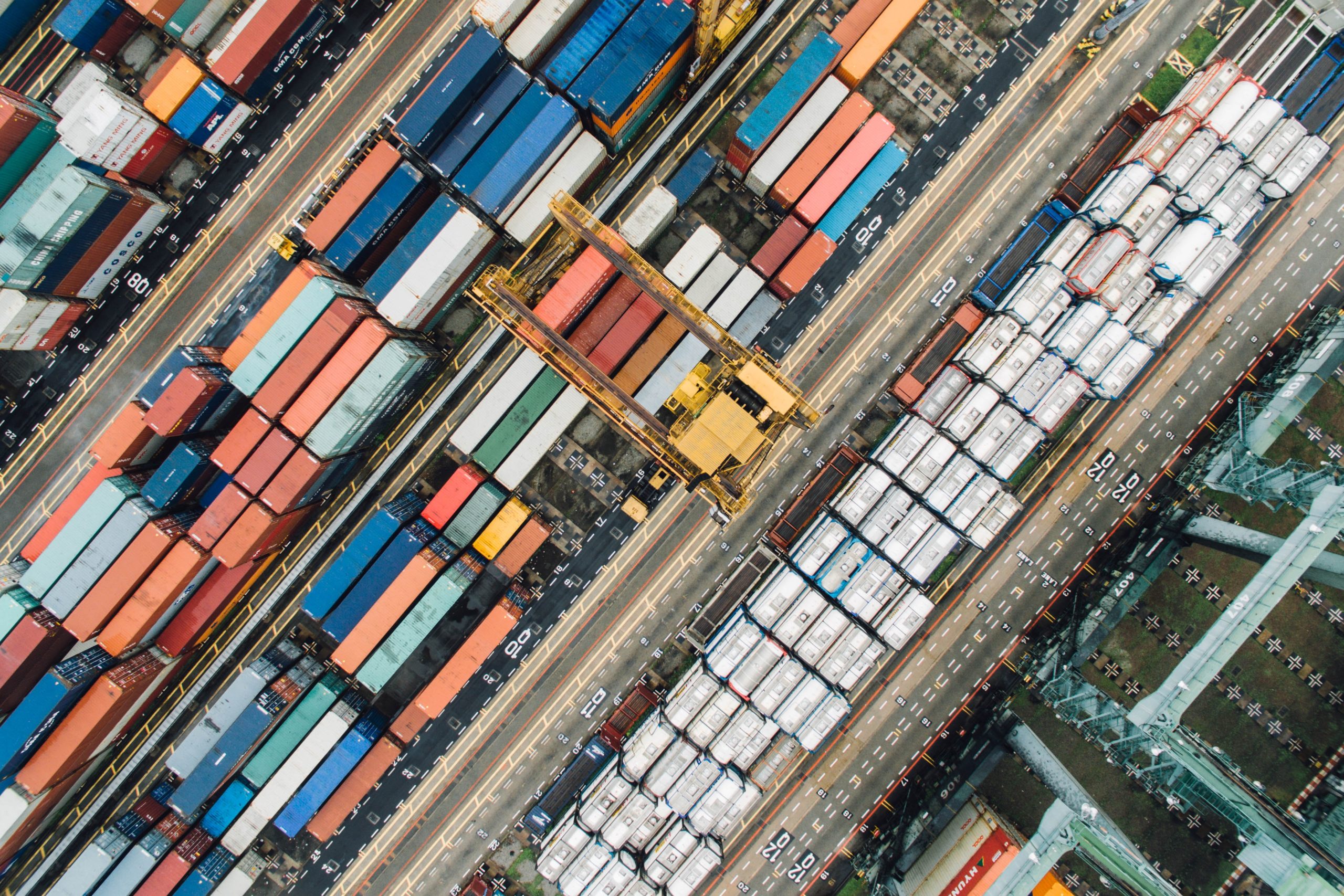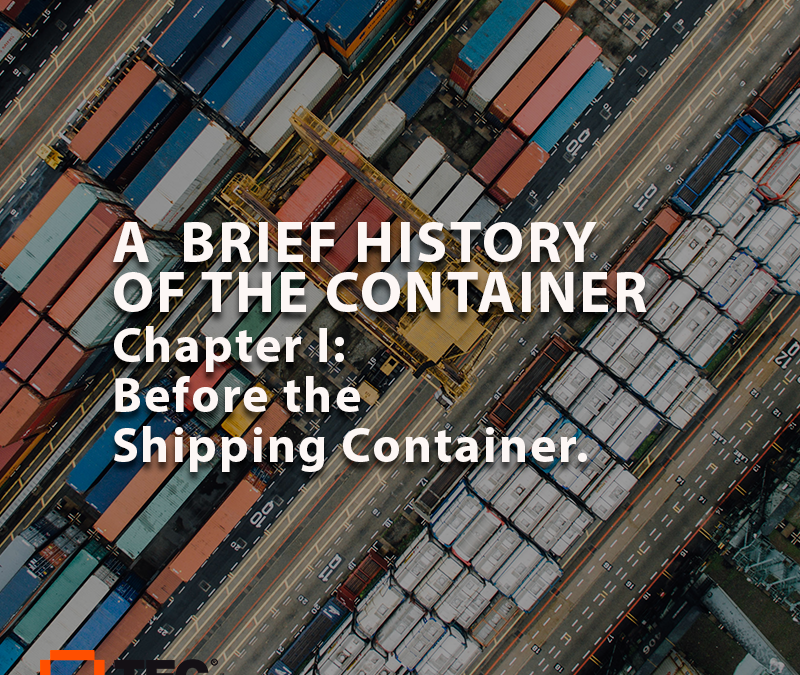Chapter I: Before the Shipping Container.
It is difficult to exaggerate the importance the shipping container has had and currently enjoys in international trade and by extension in the life of each and every one of the inhabitants of the planet in the 21st century. So much so that it is currently difficult to not buy, sell, exchange or interact in any way with a product that has not been, throughout its useful life, transported in a shipping container. In later chapters we will analyse the reason for this immense success.
Perhaps such capital importance can be seen more clearly if we describe what maritime traffic was like before the arrival, adoption and standardisation of the container. At that time all the cargo was transported as independent loads, that is, each load needed a specific transport and hauling process with their particularities and vicissitudes and this caused 5 fundamental problems:
It was dangerous for stevedores since all those loads were raised in an “artisan” way and that caused numerous incidents, falls from high heights, crushing … etc. Those were the times when stowage was a difficult job reserved for the toughest and most daring.
It was dangerous during the voyages since it was very common for the cargo to slide and destabilise the ships due to defective stowage.
It was a slow process since a ship had to be loaded manually, one package or barrel at a time until it was filled.
It was very inefficient economically since the ship spent a long time being loaded, moored at the dock, until it was full. Moreover, it is said that before the arrival of the containers, the ships spent much more time moored than sailing.
It was unsystematic since upon arrival at a port to make a stopover it was common to have to empty much of the ship to disembark the goods for that specific stop and then refill it and start the voyage to the next port.

We all picture ships anchored for days or weeks at ports, moored in docks crowded with stevedores pushing barrels or lifting cargo in now unthinkable and unlikely ways until the holds were totally, heterogeneously, chaotically and inefficiently filled. Only once the holds were full did the ship sail.
Now everything has changed: the arrival of the
container eliminated these problems by making maritime freight traffic a much
safer, more efficient and faster activity, radically accelerating global
economic growth. A good measurement to describe this success is the fact that
the container has transcended maritime traffic and has already become a global
standard that can be found multimodally in road and rail traffic until reaching
a world population of containers of 650 million TEUs.[1]
[1] TEU “Twenty Equivalent Units”. That is, a 20-foot container is one TEU while a 40-foot container is two TEUs.





